Overnight Stay at a World Heritage SiteUnique experience to enjoy and pass on traditional Japanese culture
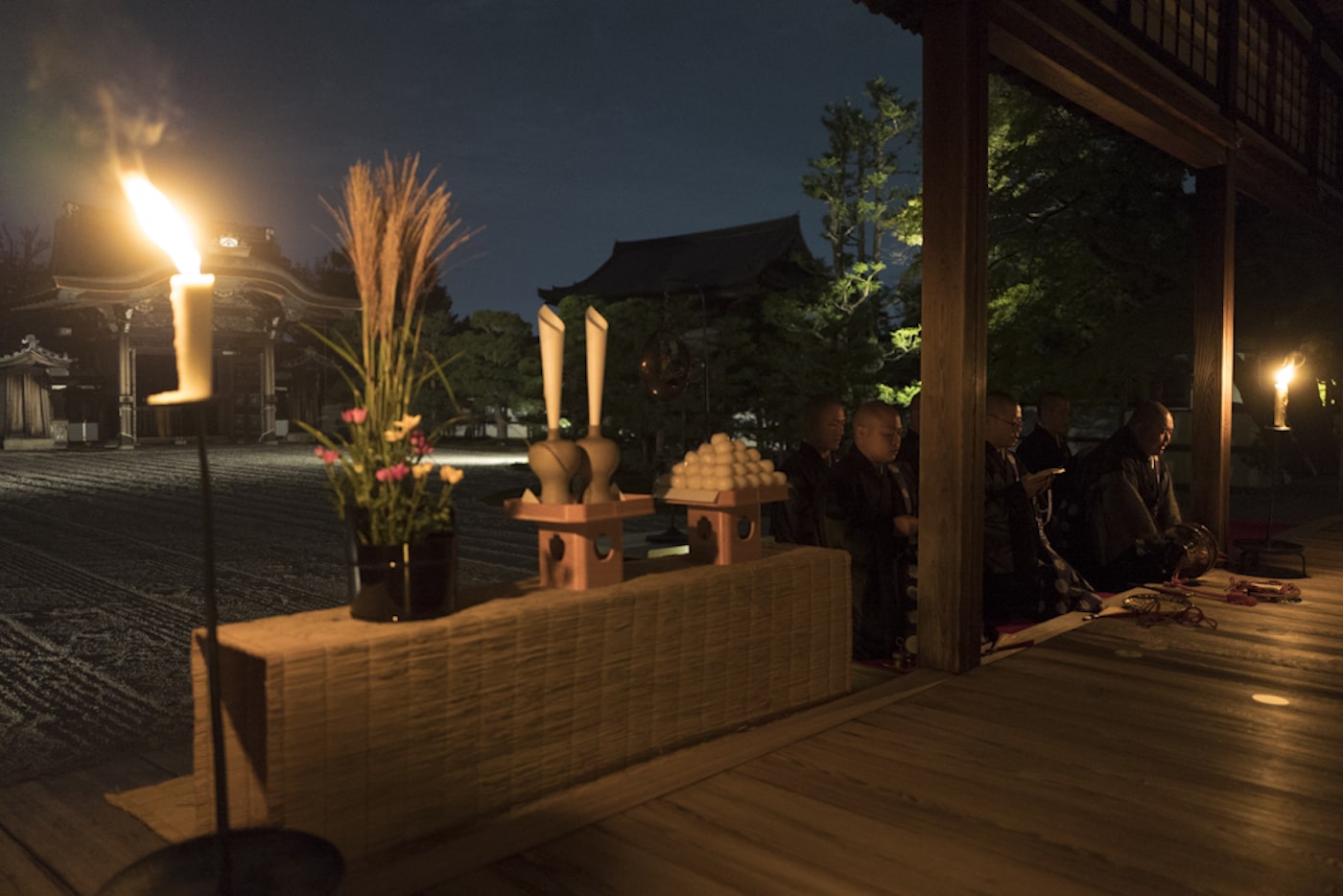
Kyoto was the capital of Japan for more than 1,000 years – from the 8th to 19th centuries. The Nippon Foundation launched the Iroha Nihon project in 2016 in this modern city that is preserving ancient traditions. Targeting visitors from overseas, the project provides an overnight cultural experience at temples that are normally closed to the public. By offering this one-of-a-kind experience, including Zen meditation and ancient Japanese court music in places that general tourists are not allowed to enter, the project aims to increase awareness and understanding of Japanese culture.
Making cultural properties available to preserve and pass on Japanese culture
Ninna-ji, located in Omuro in western Kyoto, is part of the Historic Monuments of Ancient Kyoto UNESCO World Heritage Site. Originally built in 888, the temple has a history of more than 1,000 years, and is the head temple of the Omuro school of the Shingon sect of Buddhism. The temple was originally built as the residence of Emperor Uda when he entered the priesthood after retiring from the throne, and is also known as Omuro-gosho (Omuro imperial residence). Following Emperor Uda, members of the imperial family were sent to serve as the monzeki (a special term for Buddhist priests of aristocratic or imperial lineage) for 30 generations.
The grounds cover more than 760,000 square meters, and the buildings include 1 national treasure, 14 important cultural properties, and 7 registered tangible cultural properties (structures). The temple also has more than 30,000 ancient documents, pieces of artwork, and other cultural properties, which require major expenses to maintain and preserve. The temple has traditionally relied on entrance fees from tourists, contributions from affiliated temples, and other donations to cover these expenses, but with Japan’s declining population the budgets available for the maintenance and preservation of culture properties continue to decrease.
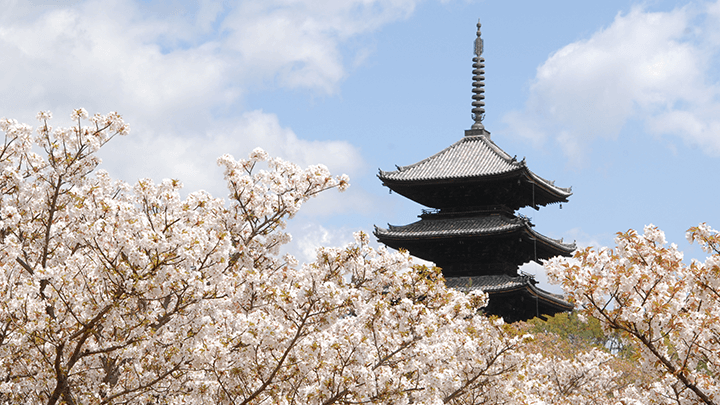
There are world-renowned historical buildings and cultural properties across Japan that face the same issues as those at Ninna-ji, and there is a threat that Japanese culture will continue to wane and die out. The Iroha Nihon project was launched to address this issue, by providing an opportunity for tourists from overseas who are interested in Japanese culture to stay in historic buildings and experience Japanese culture. The project focuses on promoting the use of these cultural properties to raise interest in Japanese culture in Japan and overseas, and pass that culture on to future generations.
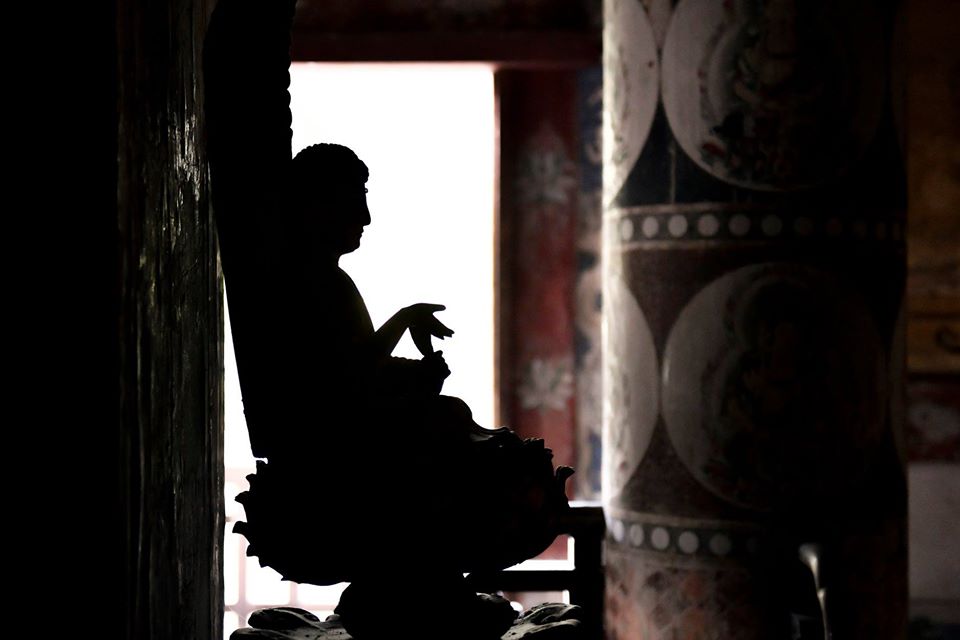
In the evening after the gates are closed, the temple grounds are engulfed in silence. With Ninna-ji’s Japanese culture experience, guests can leisurely stroll around the grounds guided by one of the monks and savor the temple’s more than 30,000 treasures.

The Rev. Ryujun Oishi, a senior priest of Ninna-ji, explains that if the guests inform the temple of their preferences in advance, rooms can be arranged and programs can be planned to meet those preferences. For example, there is a palace where there are records of Emperor Uda enjoying moon-viewing, and guests can view the moon from the same place while listening to monks chanting sutra.
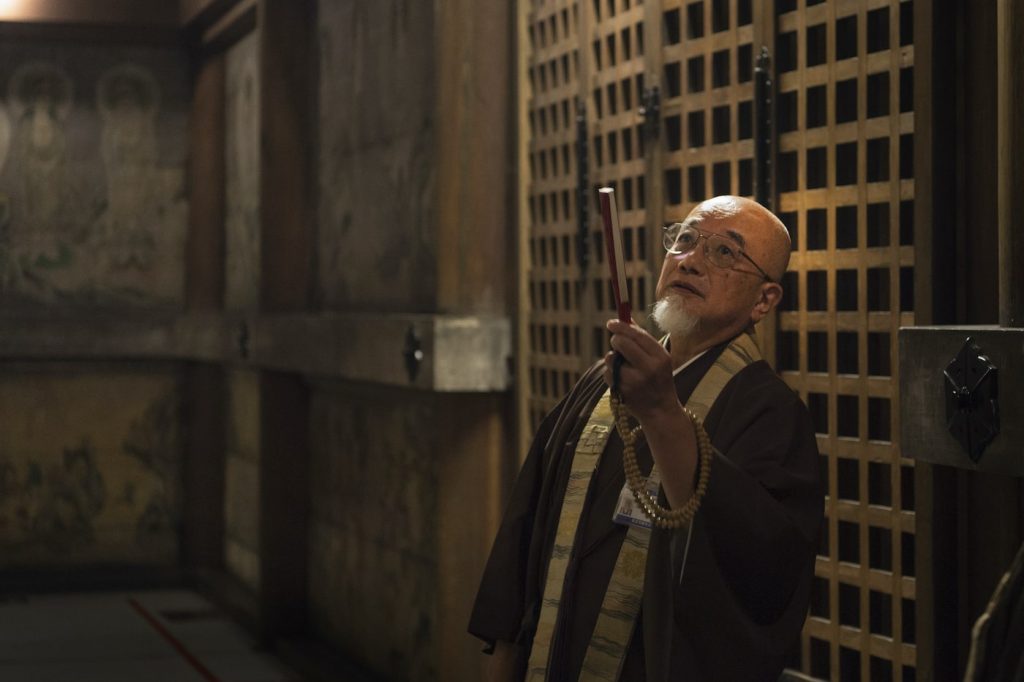
Other authentic experiences available for guests include a tea ceremony in the tea room that Emperor Uda is said to have liked, the homa fire ritual that is part of Shingon Buddhism’s Mikkyo practices, and tours of buildings including the main hall and five-story pagoda that are off limits to the general public.
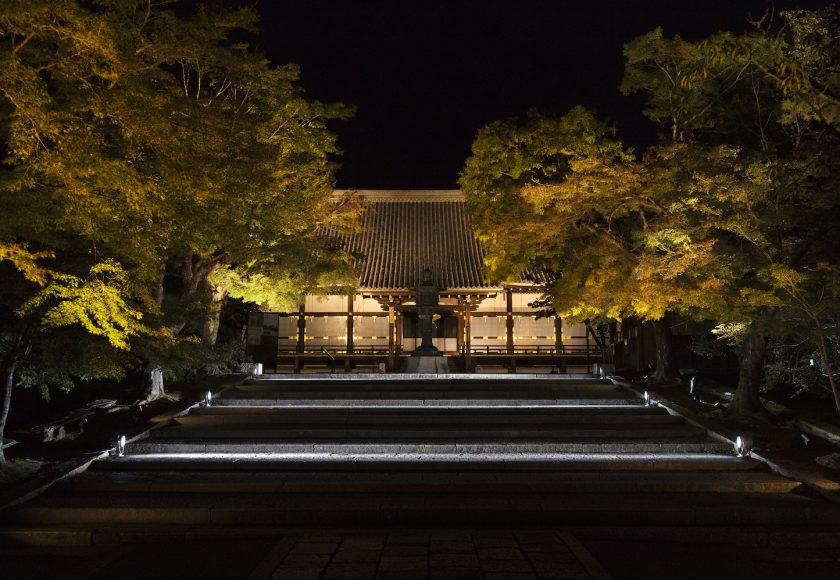
The Shinden Hall, where guests have their meals, is very flamboyant and is at the center of the section of Ninna-ji that was built as the actual residence of the generations of head priests from the imperial family. The present building was constructed in 1914, but is built in the style of a Heian palace where the emperor would have lived.
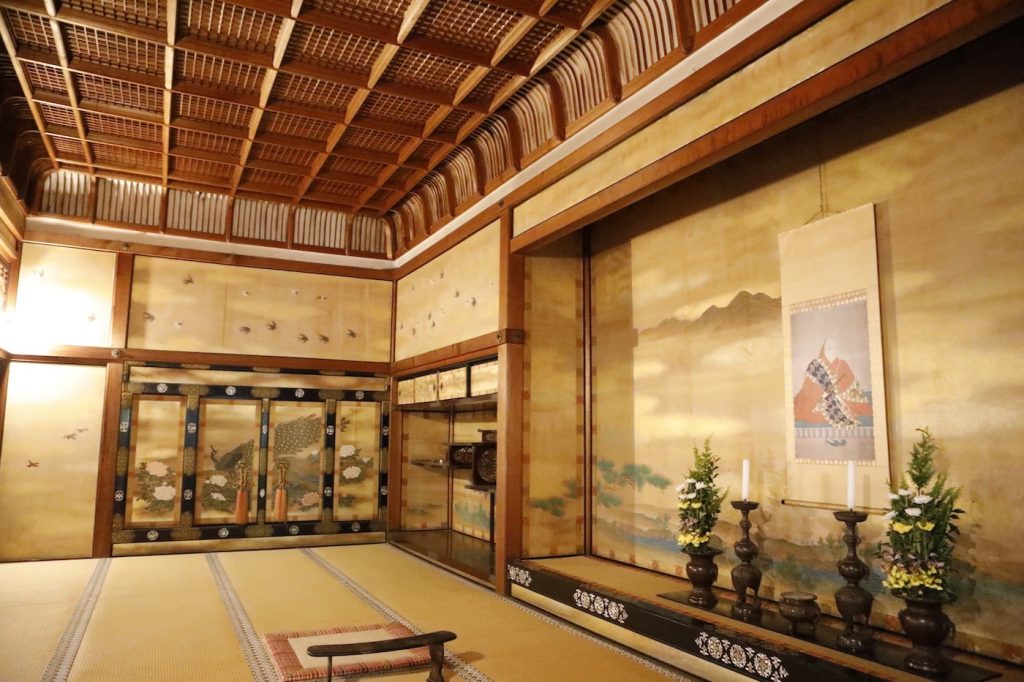
During the evening meal, guests have the option of listening to ancient court music. This music is a combination of ancient Japanese music and music and dance from the Asian continent, and is said to date to the Heian Period. With a strong religious influence, the combination of three woodwind instruments – the sho, hichiriki, and ryuteki – is said to express a sense of the cosmos.
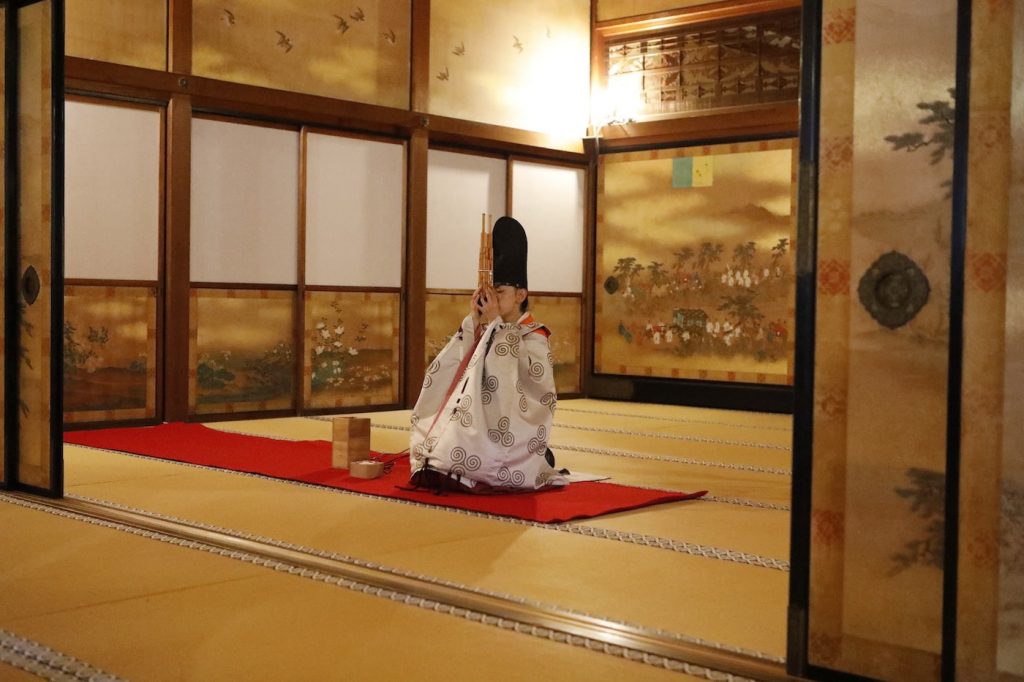
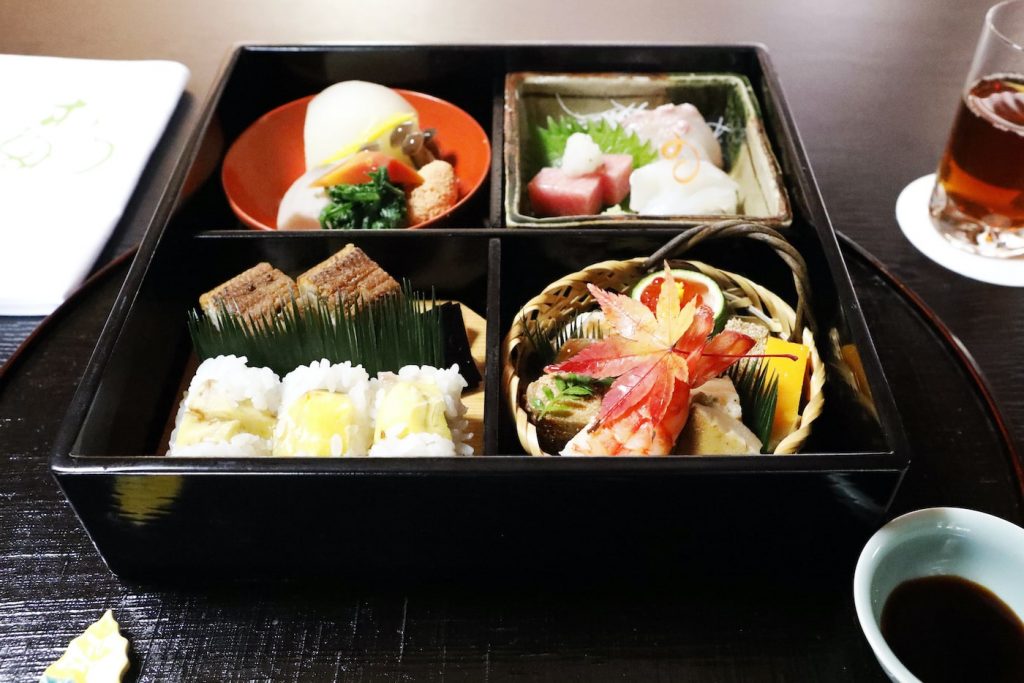
Enjoying food served on dishes that reflect the season, engulfed in the light piercing through clouds and the sound of the sho, gives a sense of the seasons and change that are at the core of the Japanese sense of beauty, and creates a sense of awe of nature and the unknown. Although explanations of the temple’s buildings and treasures are important, this type of contact with Japanese culture through food and music, which cannot be expressed in words, makes this experience unique.
Guests stay in a building on the grounds called the Shorin-an. This is a renovated building associated with the Hisatomi family, which is closely connected with Ninna-ji, and features an arched bridge and tea room.
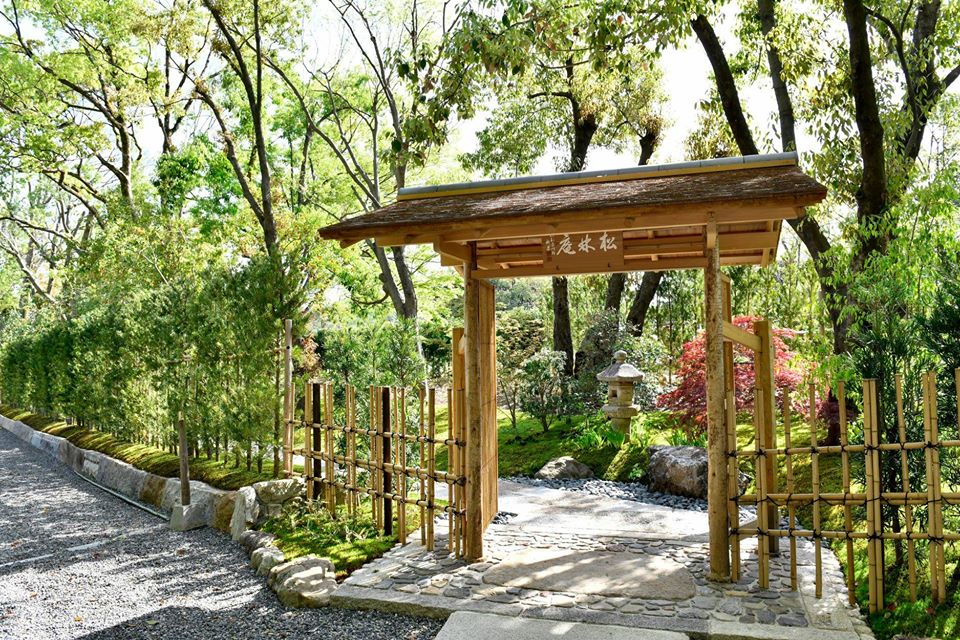
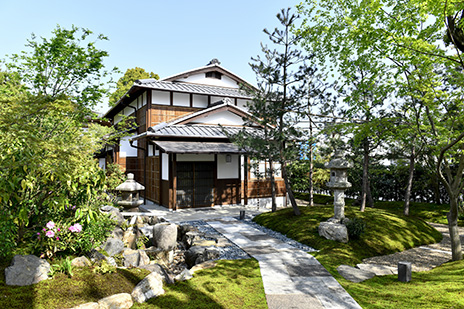
Touring the interior, the fixtures and details give a sense of serenity. Furnishings are as per the guests’ interests, with trees in the garden conveying a Japanese sense of space and tables and chairs that are made for taller Europeans and Americans, to make guests’ stays comfortable and enjoyable.
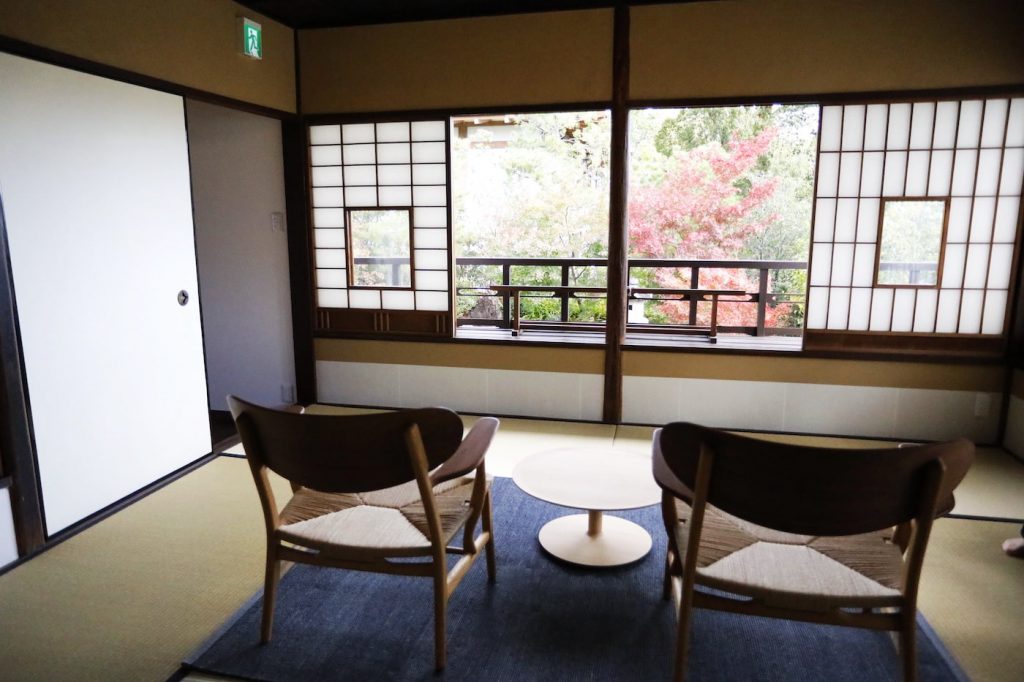
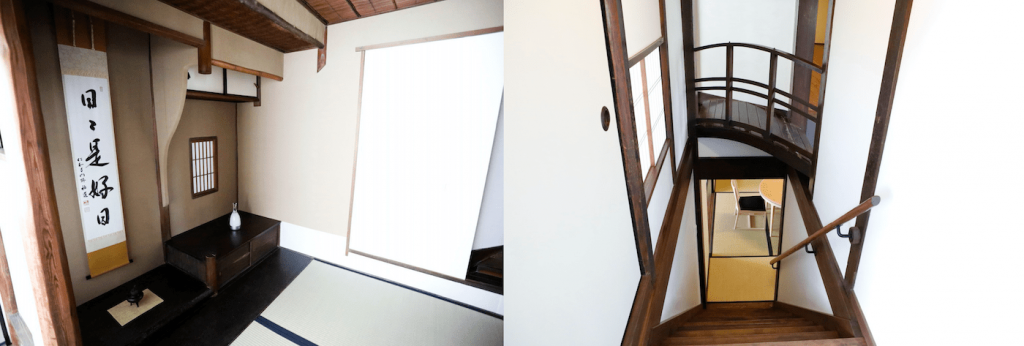
Recalling the time he lived in Kyoto as a student, Donald Keene (1922 – 2019), a leading scholar of Japanese culture, noted the sense of serenity he felt when noticing that a cup of tea had been placed at his side while he was entranced staring at the full moon from a temple. Hotels in other countries offer refined “service,” but the sense of serenity that is conveyed by Japan’s so-called omotenashi hospitality and the tea ceremony is seldom seen.
As information technology advances, the world is becoming increasingly homogeneous and globalized. Considering today’s emphasis on greater convenience at a lower price and the variety of new products being created, the world is a dizzying place. This makes the preservation and passing down of Japan’s unique culture, which has been handed down over the centuries, even more important and is something that Japanese people as well as visitors from overseas can appreciate.
関連リンク
Contact
Public Relations Team
The Nippon Foundation
- Email: cc@ps.nippon-foundation.or.jp



